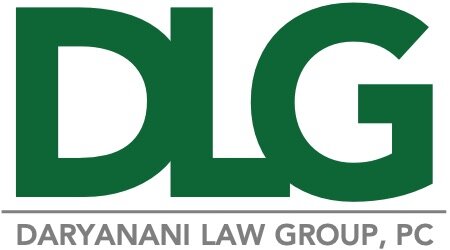US Citizenship & Immigration Services (USCIS) proposed earlier this month to raise certain fees for petitions and applications, and is currently accepting comments for the required sixty-day comment period. USCIS conducts biennial fee reviews, and the latest review indicated that a twenty-one percent average fee increase is necessary to recover operating costs and to maintain “adequate service.” As the money obtained from USCIS filing fees accounted for ninety-four percent of the USCIS budget last fiscal year with the remaining funding coming from other fee accounts and a small Congressional appropriation fund, USCIS estimates a shortfall of $560 million if fees are not raised.
USCIS has “authority to set its IEFA fees at a level that recovers the full cost of providing adjudication and naturalization services. This includes the cost of providing services to asylum applicants or other immigrants without charge and any additional costs associated with the administration of the fees collected.” USCIS last adjusted its fees in November 2010. Some notable fee increases include:
I-129
Currently set at $325, USCIS is proposing to raise the fee for this form, used for such common non-immigrant visa petitions as H-1Bs, L-1s, and O-1s, among others, by over one hundred dollars to $460.
I-140
USCIS wants to raise the fee for this immigrant petition from $580 to $700.
I-90
This application to replace the permanent resident (Green Card) card will go from $365 to $455.
N-400
USCIS proposes to establish a three-level fee tier for this Application for Naturalization, which is very popular these days as people prepare for voting in the upcoming election. First, USCIS wants to increase the standard fee from $595 to $640. Second, DHS would "charge no fee to an applicant who meets the requirements of sections 328 or 329 of the Immigration and Nationality Act of 1952 (INA) with respect to military service and applicants with approved fee waivers." Third, USCIS would charge a reduced fee of $320 for "applicants with family income greater than 150 percent and not more than 200 percent of the Federal Poverty Guidelines."
Form I-924A for EB-5 Investor Visa
Rather than a fee increase, USCIS wants to establish a new fee of $3,035 to recover the full cost of processing this form. While approved EB-5 Regional Centers are required to file Form I-924A annually, there is currently no filing fee and as a result, USCIS does not fully recover the processing costs associated with such filings.
What Will Customers Get in Return for These Fee Increases?
The last time USCIS raised fees, they committed to certain goals and performance improvements toward “increasing accountability, providing better customer service, and increasing efficiency.” USCIS claims some improvements since that time but acknowledges that the “agency has experienced elevated processing times” which have led to backlogs; however, they believe that the fee increases this year would increase “resources to fund the personnel needed to improve case processing, reduce backlogs, and achieve processing times that are in line with the commitments in the FY 2007 Fee Rule, which USCIS is still committed to achieving.”
"When USCIS increases filing fees, our hope is that they will use the increased revenue to improve efficiency and reduce processing times," Justin Storch with the Council for Global Immigration tells the Latin Post, reflecting sentiments shared by many immigration practitioners. Public comments for the fees increase are scheduled to close July 5.






